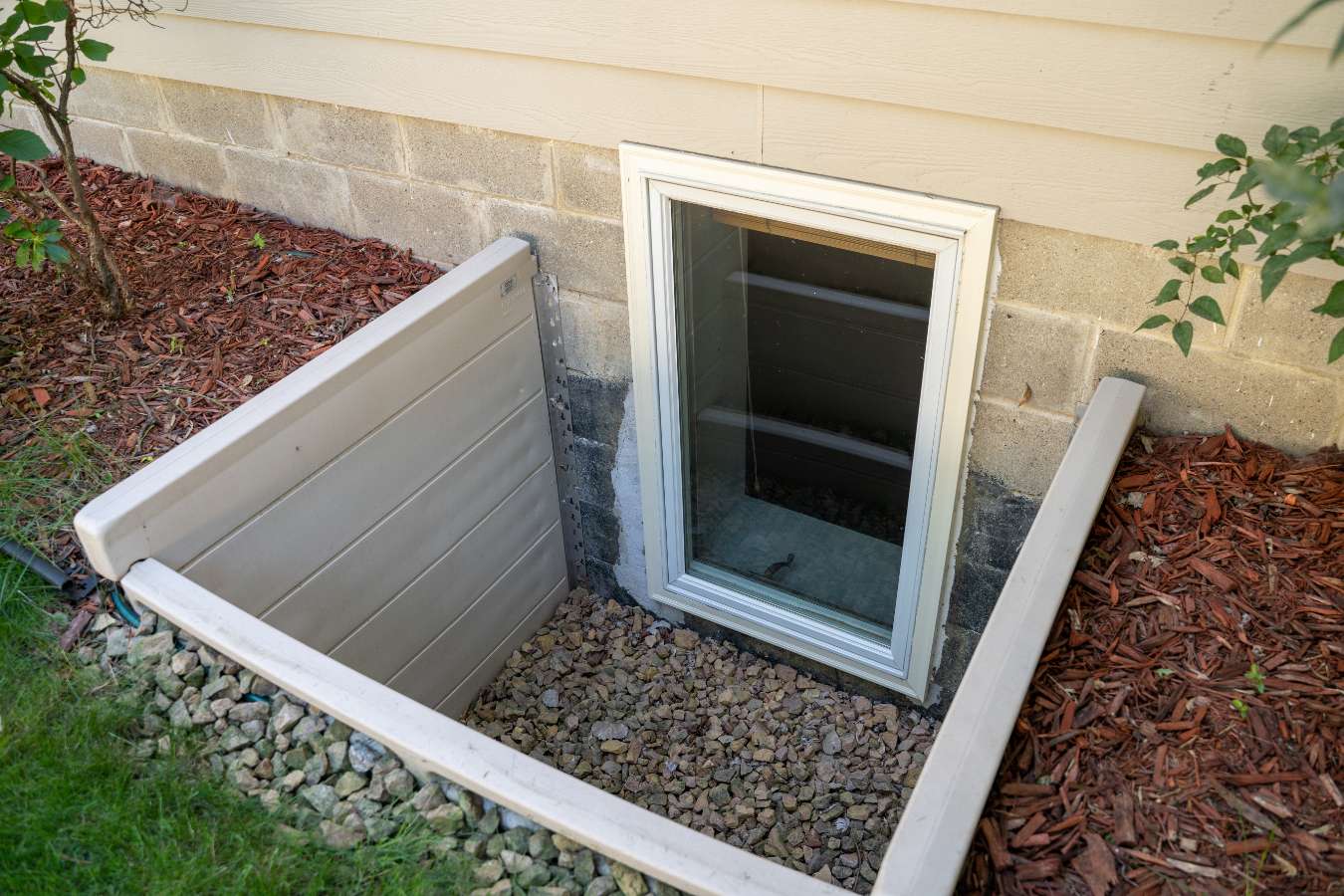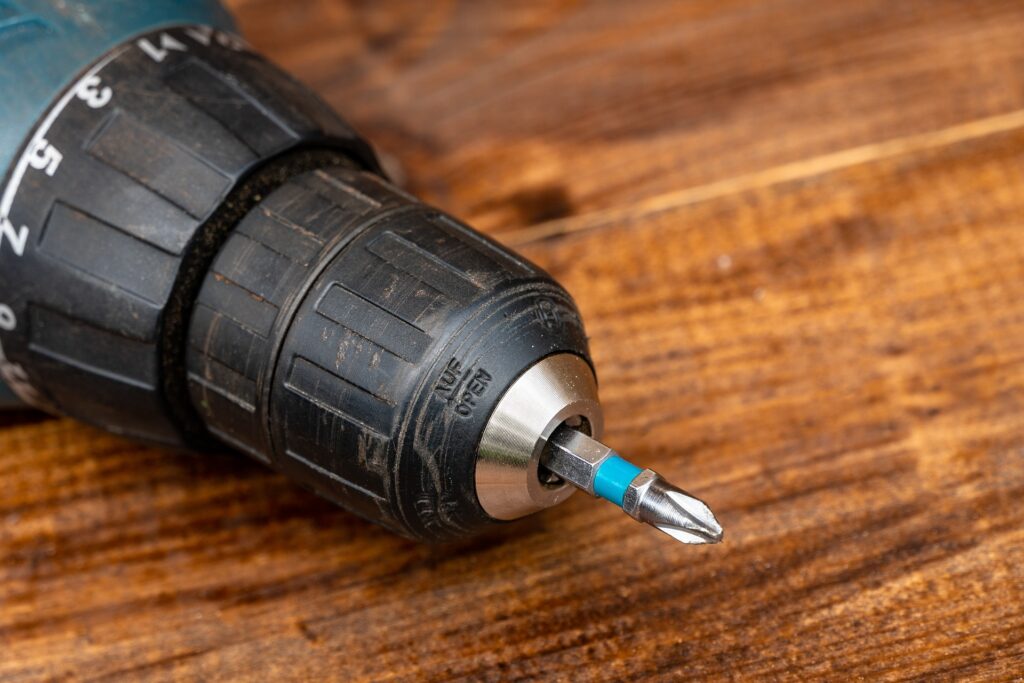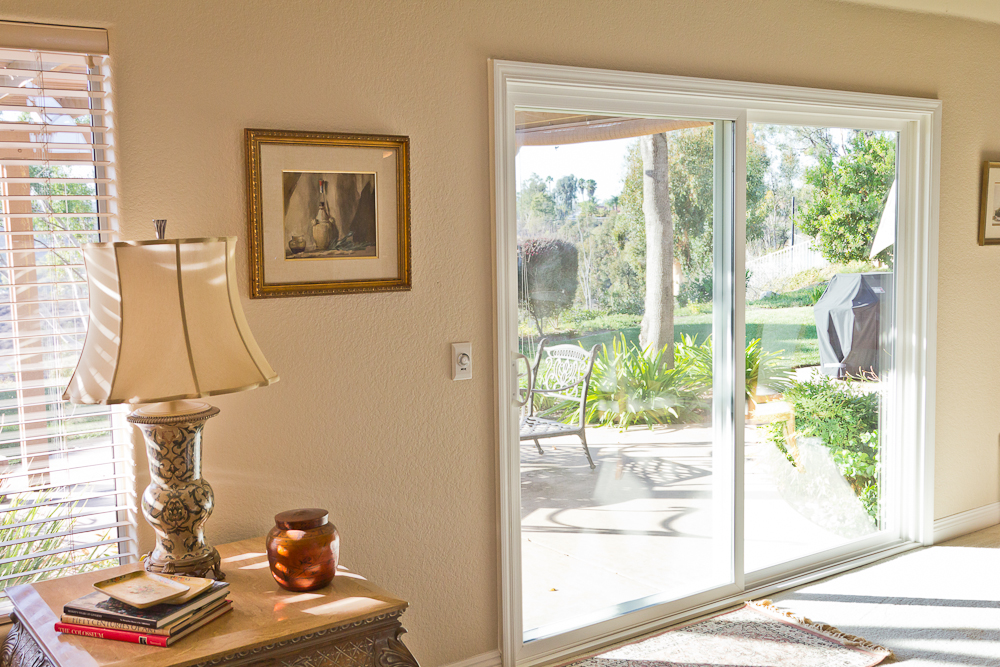
Basement windows sit at ground level, hidden from streetlights and neighbors’ view, which makes them tempting entry points for intruders. They also shield moisture-sensitive areas like mechanical rooms and storage spaces. Strengthening basement window security, therefore, serves a dual purpose: protecting your valuables and safeguarding the structural health of your home. This guide explains how to secure basement windows with practical upgrades, maintenance habits, and product recommendations including the best basement windows for security.
1. Start With a Security Audit
Before installing new locks or bars, inspect the current condition of each basement window.
-
Frame integrity: Probe the frame or surrounding masonry with a screwdriver. Soft spots indicate rot that weakens lock points.
-
Lock function: Test sliders, crank handles, and latches. A window that doesn’t close fully is the first invitation to a break-in.
-
Glass condition: Cracks or condensation between panes suggest failed seals or outdated single-pane glass—both easier to shatter.
-
Exterior access: Note any window wells, stairwells, or shrubbery that might shelter someone attempting forced entry.
Document weak spots and prioritize fixes according to budget and risk level.
2. Upgrade Locks and Hardware
Basic factory latches can be pried open with moderate force. Consider these enhanced options:
| Window Type | Recommended Lock | Why It Helps |
|---|---|---|
| Slider (horizontal) | Keyed sash lock or pin bolt | Prevents sash from moving even if latch is breached |
| Hopper or awning | Lever locks with steel keeper | Reinforced components withstand crowbar pressure |
| Fixed pane with vent | Tamper-resistant screws | Secures removable portions and interior grids |
Install locks inside the frame to keep hardware out of sight from the exterior, discouraging tampering.
3. Add Security Bars for Basement Windows
Nothing deters a would-be burglar faster than a physical barrier. Today’s security bars for basement windows come in several styles:
-
Fixed steel bars: Installed directly into masonry or framing, these provide maximum strength for windows that don’t serve as egress points.
-
Removable grilles: Feature interior release latches for emergency exit—a must for rooms designated as living space.
-
Decorative guards: Combine scrollwork or geometric designs with solid steel construction to maintain curb appeal.
When shopping, look for powder-coated finishes to resist rust and tamper-resistant mounting hardware. Always verify local building codes; some municipalities require quick-release mechanisms for any basement window used as a bedroom egress.
4. Consider Basement Window Protection Bars With Integrated Screens
Protection bars with mesh or perforated panels block both intruders and pests. Stainless steel mesh offers:
-
Cut resistance: Harder to penetrate than traditional insect screen.
-
Ventilation: Allows airflow while deterring rodents and insects.
-
Low visual impact: Fine mesh is less conspicuous from the street.
This hybrid approach boosts security without sacrificing fresh air, ideal for homeowners who crack basement windows to reduce humidity.

5. Choose Shatter-Resistant Glazing
Glass selection plays a pivotal role in basement window security. The two main impact-resistant options are:
-
Laminated glass
-
Comprised of two panes bonded by a clear plastic interlayer.
-
When struck, shards adhere to the interlayer instead of falling out.
-
Also improves sound reduction and UV protection.
-
-
Tempered glass
-
Heated then rapidly cooled to increase strength fourfold over regular glass.
-
If broken, shatters into small, blunt pieces rather than dangerous shards.
-
Laminated glass generally offers better burglary resistance because it remains intact after impact, but tempered glass can still be effective when paired with interior security film.
6. Install Window Well Covers
Many basements feature windows set below-grade inside wells. Polycarbonate or metal window well covers provide:
-
Impact resistance against both intruders and falling debris.
-
Moisture control by diverting rainwater away from frames and sills.
-
Pest prevention—critters can’t nest in the well.
Secure covers with locking tabs or a keyed latch from the inside, ensuring they lift quickly for emergency egress.
7. Landscape Smartly Around Basement Windows
Strategic landscaping complements physical hardware:
-
Trim shrubbery so there’s no visual cover for trespassers.
-
Plant thorny bushes—such as barberry or holly—directly beneath windows to create an uncomfortable barrier.
-
Add motion-activated lighting aimed at window wells or lower walls. Sudden illumination often sends burglars elsewhere.
Even basic solar lights on short stakes increase visibility without running new wiring.
8. Improve Visibility From Inside
Being able to see who or what is outside your basement windows provides peace of mind.
-
Frosted or textured glass maintains privacy yet can obstruct your view. If you already installed security bars or laminated glazing, consider clear glass for better sightlines.
-
A small interior camera facing outward lets you monitor activity through a phone app, no matter where you are in the house.
9. Select the Best Basement Windows for Security
When it’s time to replace old units, prioritize these features:
| Security Feature | Benefit |
|---|---|
| Multi-point locking hardware | Engages at several spots rather than one latch |
| Deep steel or fiberglass frames | Resist warping and forced entry |
| Factory-installed laminated glass | Saves separate glazing upgrade costs |
| Integrated vent lock | Allows partial opening for airflow while preventing full sash movement |
| Energy-efficient coatings | Secondary benefit: lower utility bills! |
Brands that specialize in secure egress units often combine reinforced frames with emergency release hardware to meet code and deter break-ins simultaneously.
10. Layer Technology for Extra Assurance
-
Glass-break sensors connect to your home security system and trigger an alarm if the window vibrates sharply.
-
Contact sensors monitor sash movement, alerting you the moment a window is opened.
-
Smart floodlights integrate with cameras to record and illuminate at the first sign of motion.
These electronic layers cannot replace solid physical security bars for basement windows, but together they create a robust defense.

Maintenance Matters
Even the strongest window loses effectiveness if neglected. Schedule seasonal checks:
-
Tighten all screws on basement window protection bars.
-
Inspect caulk lines and replace any cracked sealant to keep moisture from softening wood frames.
-
Clean window well covers and clear debris that might provide footing for an intruder.
A quick twenty-minute inspection each spring and autumn keeps hardware performing as designed.
Quick Reference Checklist
-
Inspect frames, locks, and glass.
-
Upgrade to interior key-operated or multi-point locks.
-
Add fixed or quick-release security bars.
-
Choose laminated or tempered glass for replacements.
-
Install locking window well covers.
-
Keep landscaping trimmed; add motion lights.
-
Select replacement units with reinforced frames and vent locks.
-
Integrate alarms or sensors for immediate alerts.
-
Perform biannual maintenance.
Basement window security depends on layered defenses: sturdy hardware, impact-resistant glazing, physical barriers, and smart lighting or alarm systems. By combining these elements, homeowners dramatically reduce vulnerability without sacrificing natural light or egress compliance. Whether you opt for simple lock upgrades or invest in the best basement windows for security available with Rite Window, each step makes your home less appealing to intruders.
Contact our team for a free assessment and learn how we can tailor your replacement windows to your home’s specific needs—ensuring your basement, and home, remain safe.




